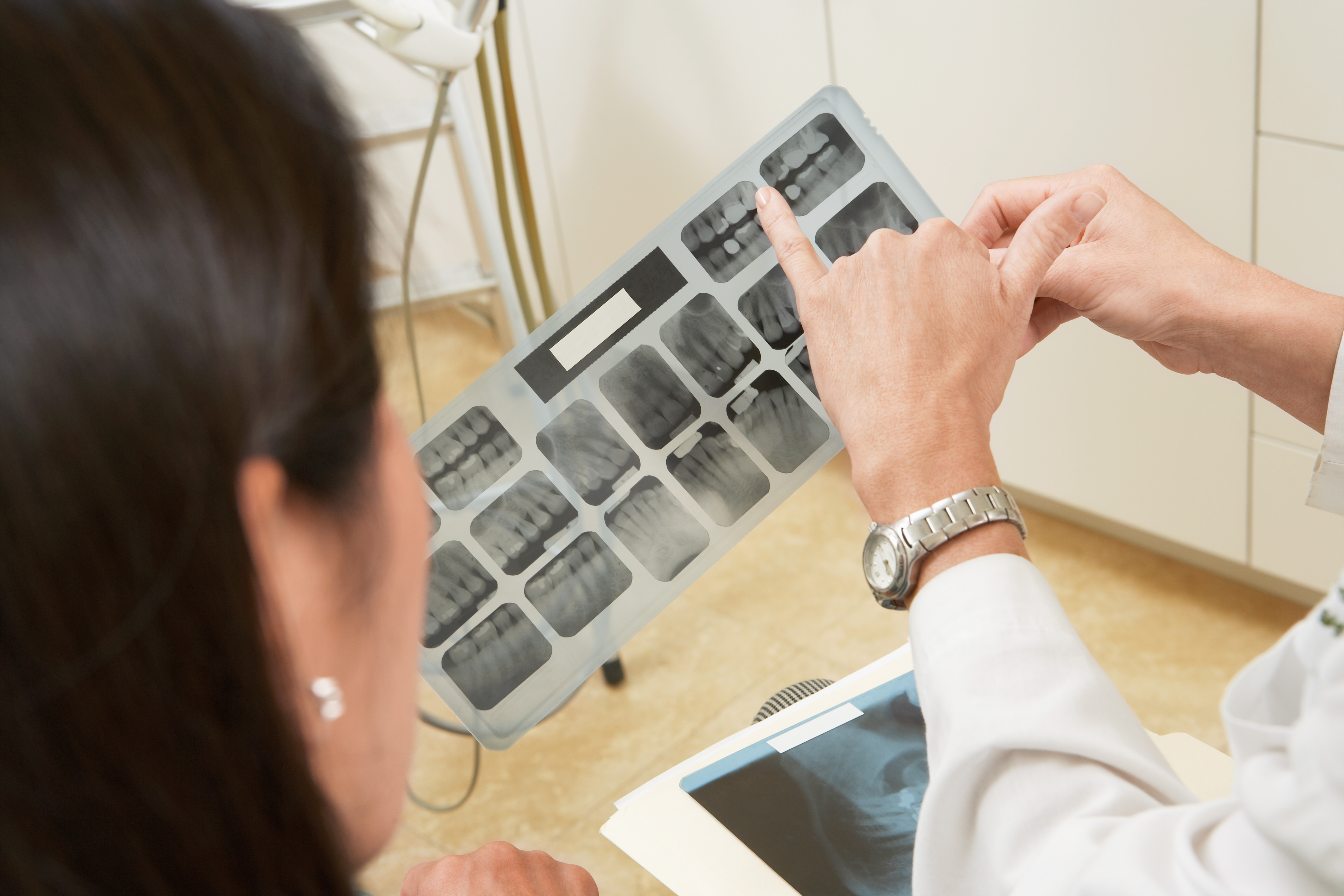Dental Caries
The term dental caries is used to describe the results – the signs and symptoms – of a localized chemical dissolution of the tooth surface caused by metabolic events taking place in the biofilm (dental plaque) covering the affected area. [ Dental Caries 2nd Edition ]
Prevalence
The number of all new and old cases of a disease or occurrences of an event during a particular period. Prevalence is expressed as a ratio in which the number of events is the numerator and the population at risk is the denominator [ Mosby’s Medical Dictionary, 8th edition ]
Studies
In a study published in Saudi Medical Journal, 2002 Jan:23(1):77-81 by Wyne AH, Al-Ghorabi BM, Al-Asiri YA, Khan NB titled: Caries prevalence in Saudi primary schoolchildren of Riyadh and their teachers’ oral health knowledge, attitude and practices, it was found that Caries prevalence among the sample of the study was 94.4%
In a study by Al Dosari AM, Wyne AH, Akpata ES, Khan NB. titled: Caries prevalence and its relation to water fluoride levels among schoolchildren in Central Province of Saudi Arabia, published in International Dental Journal. 2004 Dec;54(6):424-8. It was found that caries prevalence in primary school children was 91.2% both in Riyadh and Qaseem. Among the intermediate school chrildren caries prevalence was higher in Riyadh (92.3%) than Qaseem (87.9%).
In a study by Al-wazzan published in The Saudi Dental Journal Vol. 10, No. 2, May-August 2004 titled: Dental caries prevalence in 6-7 year-old schoolchildren in Riyadh region: A comparative study with the 1987 – Oral Health Survey of Saudi Arabia Phase I, found that of the total sample, only 5.6% were free of caries.
In a study by Al-Malik MI, Rehbini YA, titled: Prevalence of dental caries, severity, and pattern in age 6 to 7-year-old children in a selected community in Saudi Arabia, published in Journal of Contemporary Dental Practice 2006 May 1;7(2):46-54, it was found that caries was diagnosed in 96% of the children.
In a study by Salwa A. Al-Sadhan publishhed in the Saudi Dental Journal 2006;18(1):2-7, titled: Dental caries prevalence among 12-14 year-old schoolchildren in Riyadh: A 14 year follow-up study of the Oral Health Survey of Saudi Arabia Phase I, it was found that of the total sample, only 6.3% were caries free showing that the caries prevalence was 93.7%.
In another study published in Journal of Contemporary Dental Practice. 2008 Mar 1;9(3):24-31 by Wyne AH titled: Caries prevalence, severity, and pattern in preschool children, it was found that overall caries prevalence among the sample (798 preschool children) was 74.8%. It was found that caries prevalence and severity were significantly higher among children from governmental preschools as compared to those from private preschools.
Comment
As we can see from above studies that Caries is a major problem in Saudi Arabia. The numbers are increasing and the status is worsening despite all kind of efforts to control the disease. Access to dental care is provided free of charge to public though some limitations exist. I believe that government has to call for an urgent national program, outlining the disease and setting scientific strategies to provide prevention programs.




This is a nice overview of the prevalence of dental caries in Saudi Arabia. As concluded, an immediate action is imperative to be taken. Although, the dental treatment is provided free of charge, dental caries is still increasing and becoming an economical burden both at individual and governmental level. I think a strategic preventive plan should be implemented urgently, and the ideology of managing dental caries by restorations must be revisited.
Please contact Community Dental Health re CDH2657
This is a nice overview of the prevalence of dental caries in Saudi Arabia. As concluded, an immediate action is imperative to be taken. Although, the dental treatment is provided free of charge, dental caries is still increasing and becoming an economical burden both at individual and governmental level. I think a strategic preventive plan should be implemented urgently, and the ideology of managing dental caries by restorations must be revisited.
Nice blog..thanks fr sharing this valuable ideas..Get caries classification here : http://dentistryandmedicine.blogspot.com/2011/08/dental-caries-definition-classification.html
Nice blog..thanks fr sharing this valuable ideas..Get caries classification here : http://dentistryandmedicine.blogspot.com/2011/08/dental-caries-definition-classification.html
Taking care of your teeth is a job for life. Dentists recommend brushing for two minutes twice a day and flossing daily to avoid the build up of plaque that can lead to gum disease. Here you’ll also find advice on common problems that can affect your mouth.
Dental Websites
well this fact about the prevalence of dental caries in KSA is an alert for the MOH to take a sreious action to reduce this high rate of prevalence wichic exceed 90%. I n my opinoin as a dental public health specialist the most important program is oral health care for pre-school aged children . this program in KSA needs a collaporative effort and a multidiplinary action , Dental Public services department in MOH cannot work alone to accomplish this mission other departments are needed to do so for example public health services(formerly called primary health care servoces
I really like your blog and you have shared the whole concept really well. And Very beautifully soulful read, thanks for sharing.